Go out and see trash
Mr. Nguyen Quang Trung, former head of residential group No. 41 (Ward 6, Hiep Binh Chanh Ward, Thu Duc City, Ho Chi Minh City) recalled: In the first days of implementing Directive No. 19/CT-TU, the local landscape and environment were greener and cleaner. Hiep Binh Chanh was also the cradle of the movement to transform spontaneous landfills into parks and entertainment areas for the people. A series of mini parks in the ward were born from that.
But after each campaign, garbage reappears on Pham Van Dong Street, Highway 13, Hiep Binh Street, etc. Many people still lack awareness and throw garbage in the wrong place. This is also a common situation in wards and communes today.
Spontaneous garbage dumps on Dien Bien Phu Street, under Saigon Bridge (Binh Thanh District). Photo: Hoang Van
Littering has become an incurable disease for many people. The first impression for many people when they set foot on Dien Bien Phu Street through Binh Thanh District (from the foot of Saigon Bridge to Dien Bien Phu Bridge) - the gateway to the city center - is garbage.
Just down Saigon Bridge, the right side of the road is covered in white with plastic bags, plastic cups, plastic bottles… thrown out by people. Along the road, on both sides of the sidewalk, there are piles of garbage, big and small, with all kinds of different types of garbage.
Spontaneous garbage dump on To Huu Street in Thu Thiem Urban Area (Thu Duc City, Ho Chi Minh City). Photo: Hoang Van
Many people not only litter on the streets and parks, but also dump their trash on bridges, borders between two localities, or in project areas and deserted roads. Among them, Thu Thiem Urban Area is becoming a spontaneous garbage dump, people not only dump trash on vacant lots but also dump it right on the side of the road. According to records, there are currently 4 garbage dumps on To Huu Street, with all kinds of trash from old mattresses, pillows to scrap metal...
Many regulations, not many fines
The lack of awareness of people when littering on the streets not only pollutes the environment, spoils the urban beauty but also clogs the drainage system, increasing the burden on the river system. The amount of garbage flowing into the river has reached an alarming level.
According to data from the former Department of Transport (now the Department of Construction), in 2019, the department piloted garbage collection on 5 canals in the city, including Tau Hu canal, Ben Nghe canal, Doi canal, Te canal, Nhieu Loc - Thi Nghe canal, collecting an average of over 30 tons of garbage of all kinds every day, and this volume is increasing. In 2024, the Ho Chi Minh City People's Committee issued Decision No. 5821/QD-UBND, approving the organization of garbage collection on 18 canals with a maximum frequency of garbage collection once a day.
According to Mr. Do Anh Khang, Vice Chairman of Thu Duc City People's Committee, Directive No. 19/CT-TU has been effective, but there is still a large number of people who lack awareness and still litter. The reality in Thu Duc City shows that advocacy is necessary, but strong sanctions are needed to deter those who deliberately violate the law.
“34 wards and the Public Service Company Limited of Districts 2, 9, Thu Duc have committed to completely resolving garbage-generating points in Thu Duc City, with specific measures such as launching a general environmental cleaning campaign every week, promoting and maintaining the movements “Green Sunday”, “15 minutes for a civilized and clean city”. Units have increased patrolling, inspection, monitoring, and strictly handling violations of environmental sanitation in public places, encroachment on discharge gates, drainage pits, and blocking water intake manholes, while establishing shock teams and volunteers to support the rapid handling of garbage-generating points and environmental sanitation. However, up to now, Thu Duc City still has 25 black spots for garbage on roads and vacant lots along the roadsides”, said Mr. Do Anh Khang.
According to lawyer Le Duc Tho (Ho Chi Minh City Bar Association), former lecturer at Ho Chi Minh City University of Law, the reason why some people still lack awareness and litter is because there are many legal documents but few penalties.
Along with Directive No. 19/CT-TU of the Ho Chi Minh City Party Committee, the Government has issued many legal documents to handle littering, such as Decree No. 73/2010/ND-CP on administrative sanctions in the field of security, order and social safety; Decree No. 155/2016/ND-CP on administrative sanctions in the field of environmental protection; Decree No. 45/2022/ND-CP stipulates that the fine for littering is 2 million VND.
This fine is quite high, but due to the lack of inspection and enforcement forces, people are "ignorant of the law" and the handling falls into a "head elephant, tail mouse" situation.
According to Decree No. 45/2022/ND-CP, households and individuals will be fined if they do not classify domestic solid waste and do not comply with regulations on using proper packaging for domestic solid waste. This Decree also clearly stipulates violations of environmental protection in public areas, urban areas and residential areas; transporting raw materials, materials and goods that cause environmental pollution.
Although there are no specific statistics, through observation, the cases punished under Decree No. 45/2022/ND-CP are still insignificant compared to the number of environmental destruction cases.
TRAN YEN
Source: https://www.sggp.org.vn/nhung-quy-dinh-bi-lon-loay-hoay-xu-ly-hanh-vi-vut-rac-bua-bai-post797874.html


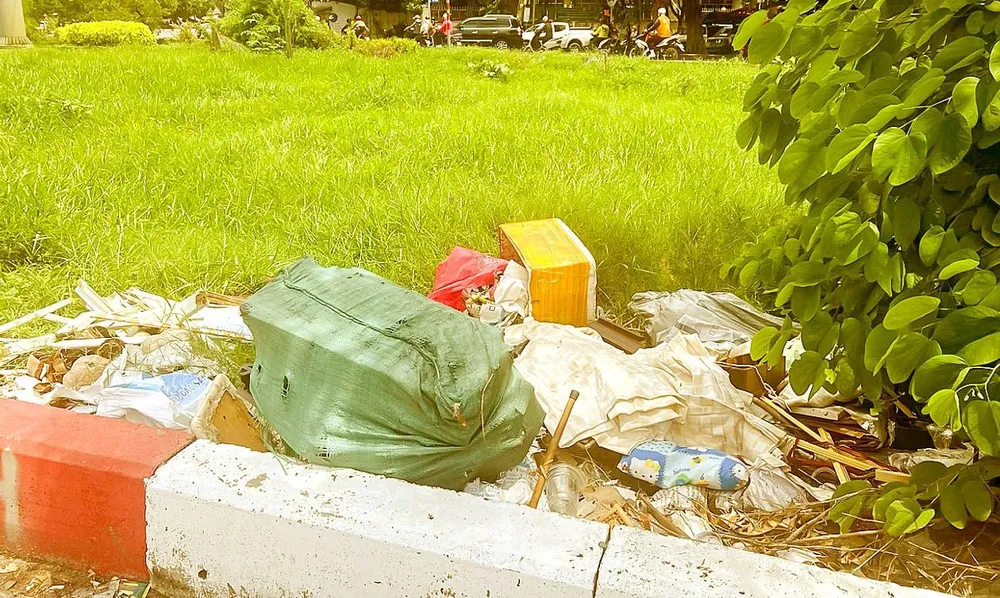
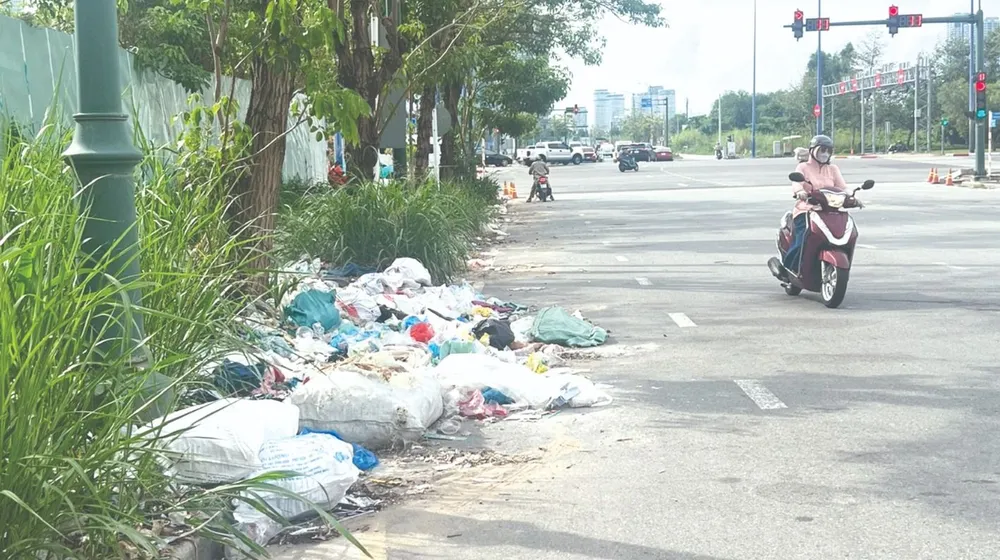












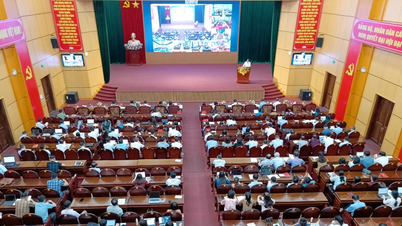









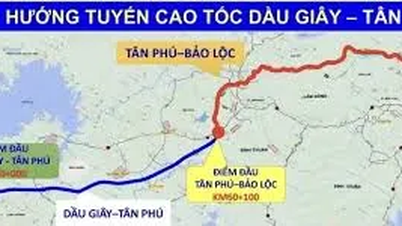






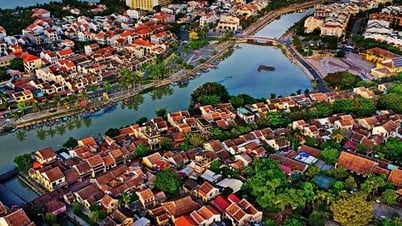










































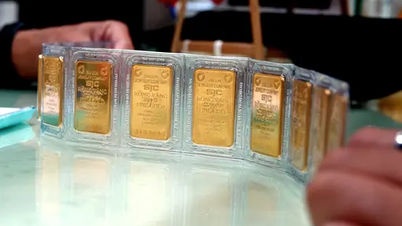



















Comment (0)